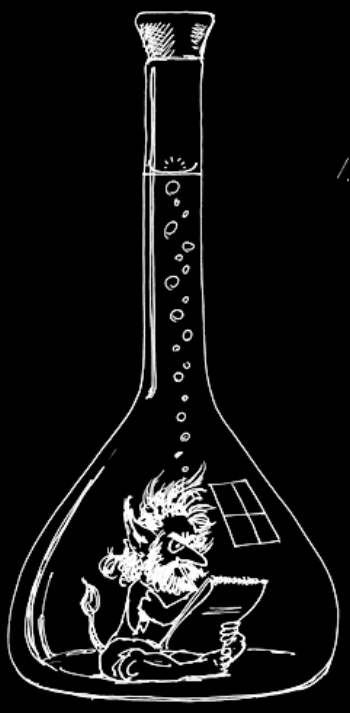Your method can be taken into routine use when we you have an instruction (SOP) in you lab, the internal QC set up and a validation report covering the scope of your method, i.e. the matrices, and the concentration ranges.
FAQ
1 Reporting below LOQ
2 Sum measurement results close to LOD
Reporting below LOQ. When further calculations shall be performed on the results, e.g. annual amount discharged calculated from daily results and flow, reporting below LOQ may be needed. We know that the result is somewhere between 0 and LOQ (could even be higher tan LOQ). The EU directive 2009/90/EU says the following in Article 5
Calculation of mean values
1. Where the amounts of physico-chemical or chemical measurands in a given sample are below the limit of quantification, the measurement results shall be set to half of the value of the limit of quantification concerned for the calculation of mean values.
2. Where a calculated mean value of the measurement results referred to paragraph 1 is below the limits of quantification, the value shall be referred to as ‘less than limit of quantification’.
3. Paragraph 1 shall not apply to measurands that are total sums of a given group of physico-chemical parameters or chemical measurands, including their relevant metabolites, degradation and reaction products. In those cases, results below the limit of quantification of the individual substances shall be set to zero.
So here is recommended to report half LOQ and an expanded uncertainty of LOQ/2.Sum measurement results (raw data) close to LOD. There are several possibilities how to sum measurement results close to LOQ.
1. use all raw data and make the sum
2. set values below LOD (or LOQ) to zero - see above Reporting below LOQ
3. sum values above zero as usual but in the sum set to zero if measurement results are below zero. This can be called truncation – see Eurachem Guide (2012) Quantifying Uncertainty in Analytical MeasurementAppendix F (www.eurachem.org)
4. set values equal to half LOD before making the sum
Example 1 - In the case where we want to sum results from different methods e.g. the particulate fraction and dissolved fractions are measured, and the sum is calculated to get the total amount the proposal is alternative 3:Sum all values above zero. If any value (raw data) is negative i.e. below zero, then set the negative value equal to zero before calculation of the sum. If the true value is 0.5 ppb (half the LOD) for both method the bias will be negligible. In this case a simulation using program R with 10 000 data the mean value will be ca 1.04 which is a bias of only 0.04 ppb.
